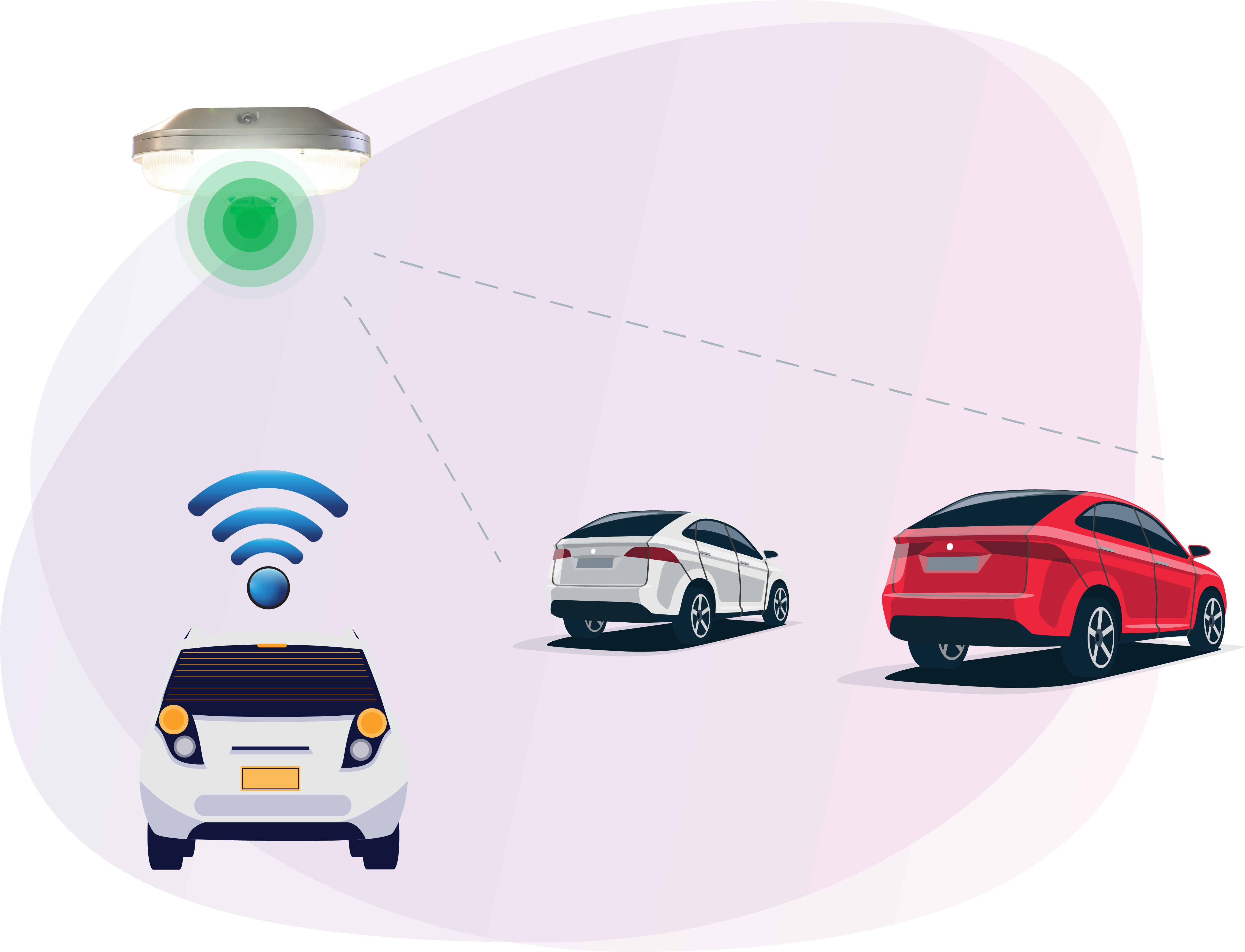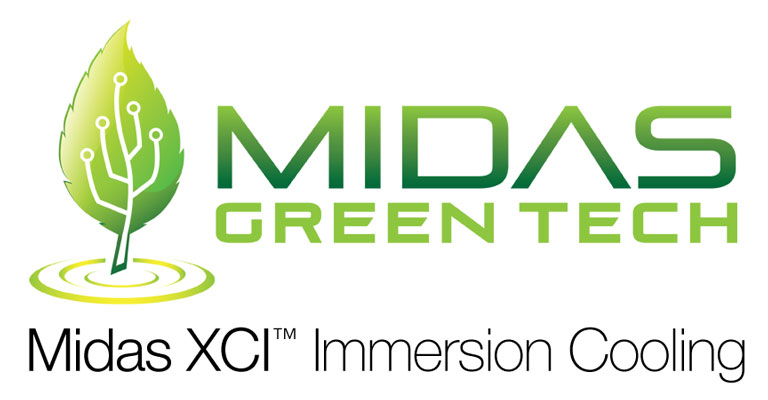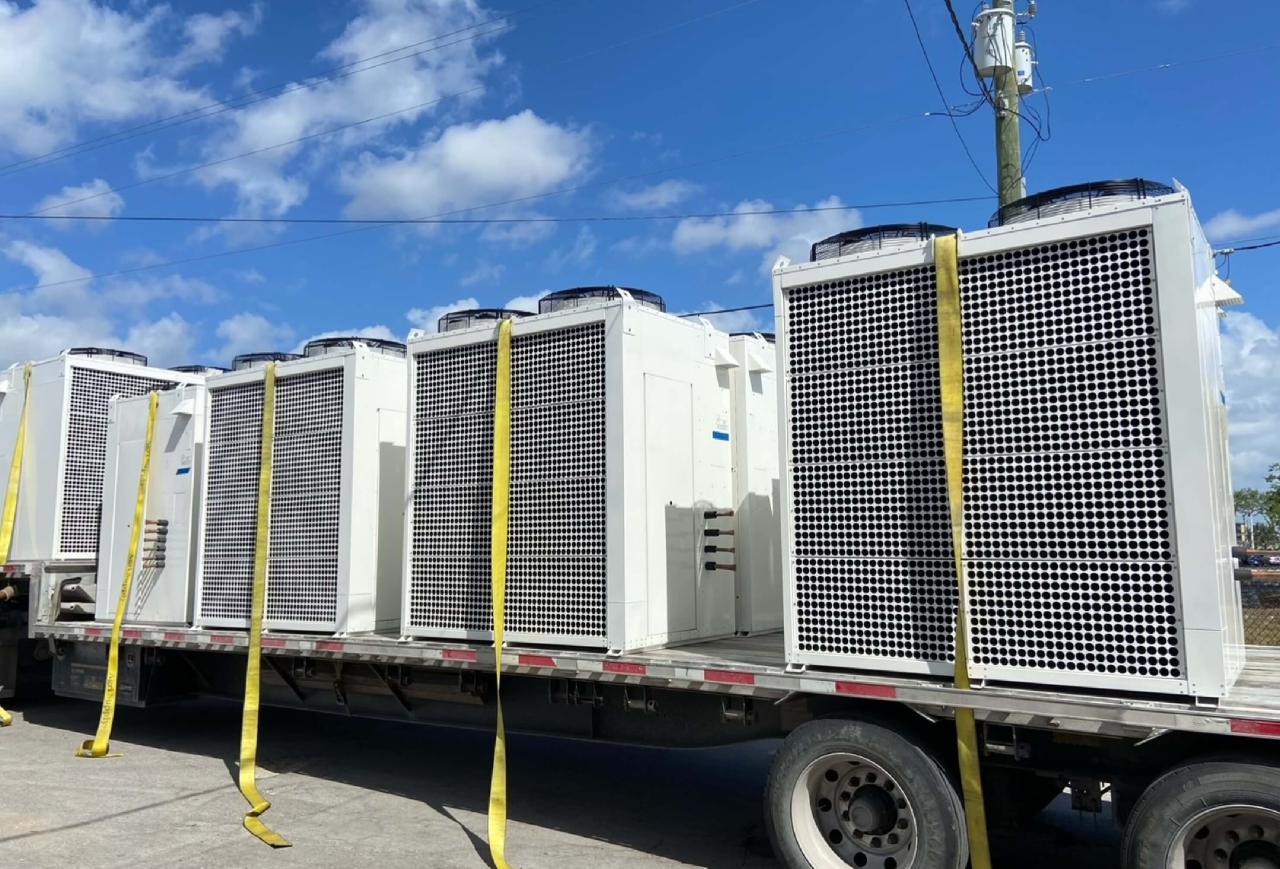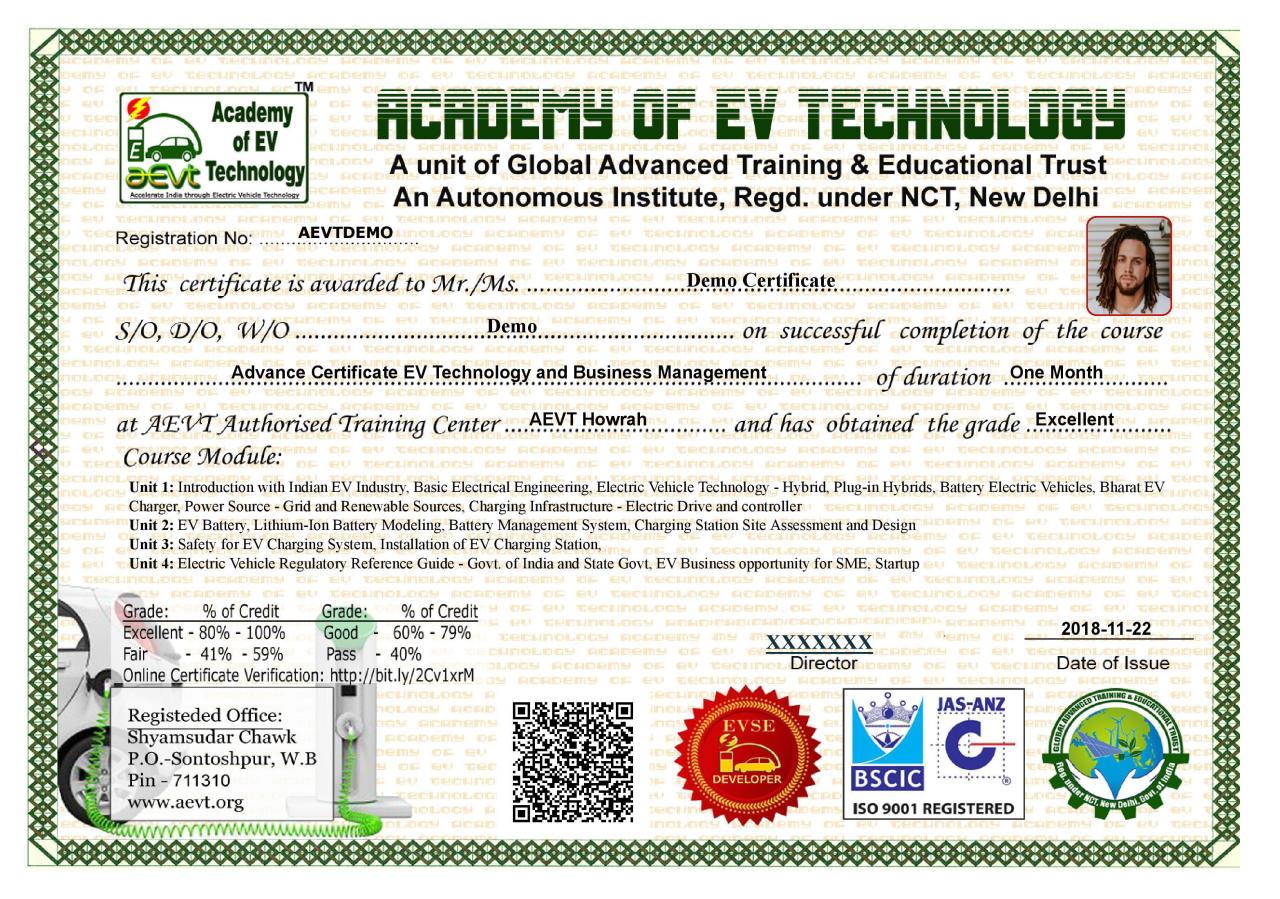Eco Parking Technologies: Driving Sustainability
Eco parking technologies are revolutionizing the way we park, transforming traditional parking practices into sustainable solutions that benefit both the environment and our communities. From smart parking systems that optimize […]
Eco parking technologies are revolutionizing the way we park, transforming traditional parking practices into sustainable solutions that benefit both the environment and our communities.
From smart parking systems that optimize space utilization to electric vehicle charging stations and green building materials, these technologies are paving the way for a greener future in urban environments. The environmental impact of traditional parking practices, including air pollution, land consumption, and energy waste, is significant. Eco parking technologies offer innovative alternatives that address these concerns, contributing to a more sustainable and livable world.
Green Building Materials and Design
Parking structures can be designed with an eye towards sustainability, minimizing their environmental impact and promoting resource efficiency. The use of green building materials and design principles can contribute to a greener and more sustainable parking infrastructure.
Sustainable Building Materials, Eco parking technologies
Sustainable building materials offer numerous environmental benefits, including reduced energy consumption, lower emissions, and a smaller carbon footprint. Here are some examples of sustainable building materials suitable for parking structures:
- Recycled Concrete: Recycled concrete aggregates can be used in place of virgin materials, reducing the need for new quarrying and lowering the embodied energy of the construction. This approach also minimizes landfill waste.
- Recycled Steel: Steel made from recycled scrap metal significantly reduces energy consumption compared to producing steel from raw materials. This option also minimizes the demand for virgin resources.
- Bamboo: Bamboo is a rapidly renewable resource that can be used for structural elements, flooring, and other applications. It has a low embodied carbon footprint and requires minimal processing, making it a highly sustainable choice.
- Bio-Based Materials: Materials derived from plants and other biological sources, such as hempcrete and wood fiber composites, offer excellent insulation properties and can reduce reliance on traditional building materials.
Solar Panels and Wind Turbines
Harnessing renewable energy sources like solar and wind power can significantly reduce the energy consumption and carbon footprint of parking facilities.
- Solar Panels: Installing solar panels on parking structure roofs or canopies can generate clean electricity to power lighting, charging stations, and other facilities. This approach can reduce reliance on fossil fuels and lower greenhouse gas emissions.
- Wind Turbines: In areas with sufficient wind resources, small-scale wind turbines can be installed on parking structures to generate electricity. While wind turbines are not always feasible in urban environments, they can be a viable option for parking facilities located in more open areas.
Environmental Impact of Parking Lot Paving Materials
Different paving materials have varying environmental impacts, influencing factors like resource extraction, manufacturing, transportation, and end-of-life disposal. The table below compares the environmental impact of common parking lot paving materials:
| Paving Material | Environmental Impact |
|---|---|
| Asphalt | High embodied energy, significant greenhouse gas emissions during production, potential for runoff pollution. |
| Concrete | High embodied energy, significant greenhouse gas emissions during production, can be durable and long-lasting. |
| Permeable Pavers | Lower embodied energy than asphalt or concrete, reduces runoff and improves water infiltration, can be more expensive. |
| Grass | Low embodied energy, reduces runoff and improves air quality, requires maintenance and can be susceptible to wear. |
Parking Management and Operations

Parking management and operations play a crucial role in promoting sustainable urban development. By implementing eco-friendly practices, we can minimize the environmental impact of parking facilities while enhancing the overall parking experience.
Reducing Energy Consumption in Parking Garages and Lots
Energy consumption in parking garages and lots can be significantly reduced through various strategies. Here are some key areas to focus on:
- Efficient Lighting: Installing energy-efficient LED lighting systems can significantly reduce energy consumption while providing optimal illumination. Motion sensors can be used to automatically switch off lights when areas are unoccupied.
- Smart Ventilation Systems: Implementing smart ventilation systems that adjust air flow based on occupancy and temperature can reduce energy waste. Utilizing natural ventilation whenever possible can further minimize energy use.
- Renewable Energy Sources: Exploring the use of solar panels to generate electricity for parking facilities can contribute to a cleaner energy footprint. Installing solar-powered charging stations for electric vehicles can further reduce reliance on fossil fuels.
- Building Automation Systems: Implementing building automation systems to monitor and control lighting, ventilation, and other systems can optimize energy usage and identify areas for improvement.
Implementing Carpooling and Ride-Sharing Programs
Carpooling and ride-sharing programs can significantly reduce traffic congestion and emissions by encouraging shared transportation.
- Dedicated Parking Spaces: Designating designated parking spaces for carpoolers and ride-sharers can incentivize their use. This can be achieved by providing preferential parking locations closer to building entrances or offering discounted parking rates.
- Ride-Sharing Platforms: Promoting the use of ride-sharing platforms like Uber and Lyft can provide convenient and affordable alternatives to solo driving. Integrating these platforms with parking facilities can ensure seamless transitions for users.
- Incentives and Rewards: Offering incentives such as discounted parking rates or loyalty programs for carpoolers and ride-sharers can encourage their participation. These programs can be implemented through partnerships with local businesses or government agencies.
- Public Transportation Integration: Integrating parking facilities with public transportation networks can provide convenient options for commuters who choose to utilize public transit. This can include offering direct connections to nearby bus stops or train stations.
Implementing Eco-Friendly Parking Practices
Adopting eco-friendly parking practices can contribute to a more sustainable parking environment. Here is a step-by-step guide to implementing these practices:
- Conduct an Energy Audit: Begin by conducting an energy audit of your parking facilities to identify areas of high energy consumption. This will provide valuable insights into where improvements can be made.
- Implement Energy-Saving Measures: Once the audit is complete, implement energy-saving measures such as upgrading lighting systems, installing smart ventilation systems, and utilizing renewable energy sources.
- Promote Sustainable Parking Practices: Educate users about eco-friendly parking practices, such as carpooling, ride-sharing, and using public transportation. This can be achieved through signage, online campaigns, and partnerships with local organizations.
- Utilize Green Building Materials: Consider using green building materials for parking facilities, such as recycled concrete, sustainable wood, and low-VOC paints. These materials can minimize the environmental impact of construction and improve indoor air quality.
- Monitor and Evaluate Performance: Regularly monitor and evaluate the effectiveness of implemented practices to identify areas for further improvement. This will ensure continuous progress towards sustainability goals.
Future Trends in Eco Parking: Eco Parking Technologies

The future of parking is evolving rapidly, driven by technological advancements and changing urban landscapes. Eco-friendly parking solutions are gaining traction, aiming to optimize space utilization, reduce environmental impact, and enhance user experience. This section explores emerging trends that are shaping the future of eco-parking.
Impact of Autonomous Vehicles on Parking Infrastructure and Management
The rise of autonomous vehicles (AVs) will significantly impact parking infrastructure and management. AVs can communicate with each other and parking facilities, allowing for seamless parking and retrieval processes. This will lead to several changes:
- Reduced Parking Demand: AVs can be programmed to park themselves in designated areas, maximizing space utilization and potentially reducing the overall need for parking spaces.
- Dynamic Parking Allocation: AVs can be directed to available parking spots in real-time, optimizing space allocation and minimizing congestion.
- Automated Valet Parking: AVs can be used for automated valet parking, where vehicles are driven to and from parking spots by robots, further enhancing efficiency and convenience.
- Parking as a Service: AVs can facilitate “parking as a service” models, where users can access parking spaces on demand, reducing the need for long-term leases or ownership of parking spaces.
Development of Innovative Parking Technologies
Several innovative parking technologies are emerging, offering solutions for space optimization and efficiency.
- Vertical Parking Systems: These systems stack vehicles vertically, maximizing space utilization in urban areas where land is scarce. They are particularly useful for high-rise buildings and multi-level parking garages.
- Automated Guided Vehicles (AGVs): AGVs are robotic vehicles that can transport cars within parking garages, reducing congestion and improving traffic flow. They can also be used for automated valet parking, where users can leave their cars at the entrance and retrieve them from a designated area.
- Smart Parking Sensors: These sensors are used to monitor parking availability in real-time, providing users with accurate information on vacant spaces and reducing the time spent searching for parking. They can also be used to track vehicle movements and optimize traffic flow within parking garages.
- Solar-Powered Parking Garages: Integrating solar panels into parking garage structures can provide a sustainable source of energy for lighting, ventilation, and charging electric vehicles. This can reduce the carbon footprint of parking facilities and contribute to overall energy efficiency.
Role of Artificial Intelligence in Optimizing Parking Space Allocation and Reducing Traffic Congestion
Artificial intelligence (AI) is playing a crucial role in optimizing parking space allocation and reducing traffic congestion. AI-powered systems can analyze real-time data on parking availability, traffic patterns, and user preferences to provide intelligent solutions for parking management.
- Predictive Parking: AI algorithms can predict parking demand based on historical data, weather conditions, and events, allowing parking facilities to anticipate and manage peak demand.
- Dynamic Pricing: AI can adjust parking rates based on real-time demand, encouraging users to park in less congested areas and optimizing space utilization.
- Traffic Flow Optimization: AI-powered systems can analyze traffic patterns and optimize traffic flow within parking garages and surrounding areas, reducing congestion and improving user experience.
Closure
As we move towards a more sustainable future, eco parking technologies play a crucial role in creating a greener and more efficient transportation landscape. By integrating these innovative solutions, we can minimize our environmental footprint, enhance parking efficiency, and create a more sustainable and enjoyable urban experience.
Eco parking technologies are becoming increasingly important as we strive for more sustainable urban environments. These technologies can help optimize parking space utilization, reduce congestion, and minimize emissions. One exciting innovation in this field is the integration of j technology , which leverages data analytics and artificial intelligence to improve parking efficiency and provide real-time information to drivers.
This integration promises to revolutionize the way we park, making it a more seamless and environmentally friendly experience.









